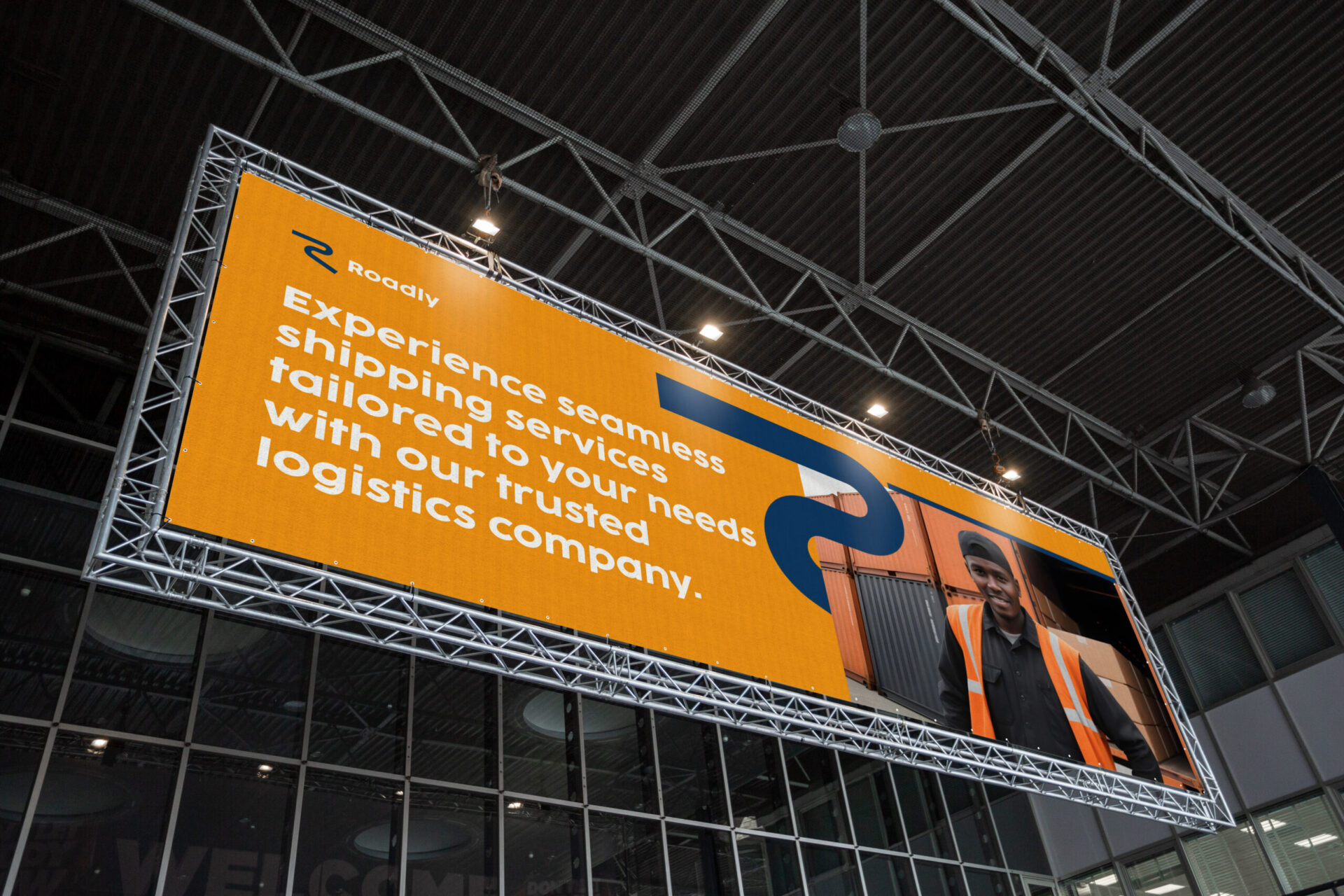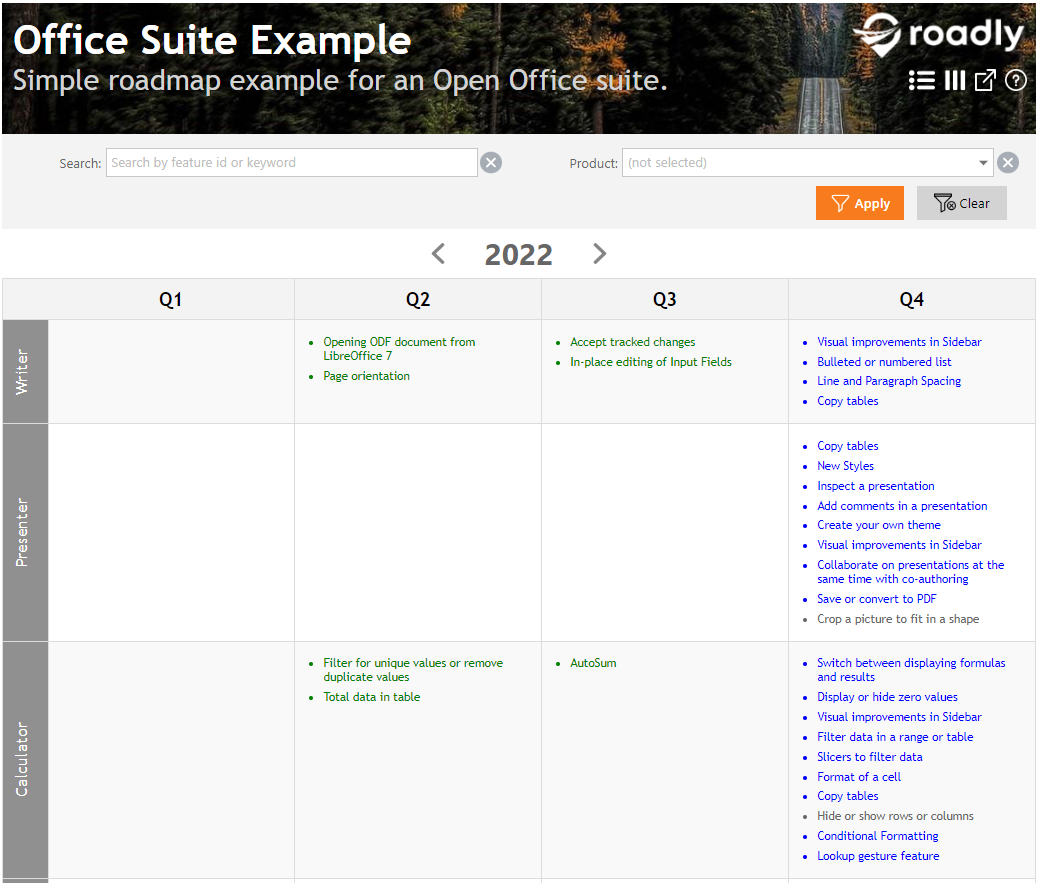In today's fast-paced world, roadly logistics tracking has become an essential tool for businesses aiming to enhance their supply chain management. As the global market expands, companies are increasingly reliant on efficient logistics solutions to meet customer demands. Roadly logistics tracking offers a cutting-edge approach to monitoring shipments, improving delivery times, and reducing operational costs.
The importance of logistics tracking cannot be overstated. Businesses that implement advanced tracking systems gain a competitive edge by ensuring timely deliveries, increasing customer satisfaction, and optimizing resource allocation. With roadly logistics tracking, companies can monitor every step of the supply chain process, from the moment a product is shipped to its final delivery.
This comprehensive guide will delve into the intricacies of roadly logistics tracking, exploring its benefits, implementation strategies, and best practices. Whether you're a small business owner or a logistics manager for a multinational corporation, this article will equip you with the knowledge and tools necessary to enhance your logistics operations.
Read also:Dylan Obrien Relationship A Closer Look At His Love Life And Personal Journey
Table of Contents
- What is Roadly Logistics Tracking?
- Benefits of Roadly Logistics Tracking
- How Roadly Logistics Tracking Works
- Key Features of Roadly Logistics Tracking
- Technologies Used in Roadly Logistics Tracking
- Implementation Strategies
- Common Challenges in Roadly Logistics Tracking
- Best Practices for Roadly Logistics Tracking
- Case Studies of Roadly Logistics Tracking
- Future of Roadly Logistics Tracking
What is Roadly Logistics Tracking?
Roadly logistics tracking refers to the process of monitoring and managing the movement of goods through a supply chain using advanced technology. This system allows businesses to track shipments in real-time, providing detailed information about the location, status, and estimated time of arrival (ETA) of goods. By leveraging GPS, IoT sensors, and cloud-based platforms, roadly logistics tracking ensures transparency and efficiency in logistics operations.
Why Roadly Logistics Tracking Matters
- Improves supply chain visibility
- Reduces operational costs
- Enhances customer satisfaction
- Optimizes resource allocation
Benefits of Roadly Logistics Tracking
Implementing roadly logistics tracking offers numerous advantages for businesses operating in the logistics sector. Below are some of the key benefits:
1. Enhanced Supply Chain Visibility
With roadly logistics tracking, businesses can monitor the entire supply chain process, from production to delivery. This visibility enables companies to identify bottlenecks, resolve issues promptly, and improve overall efficiency.
2. Cost Reduction
By optimizing routes, reducing fuel consumption, and minimizing delays, roadly logistics tracking helps businesses cut operational costs significantly. Companies can also avoid penalties for late deliveries by ensuring timely shipments.
3. Improved Customer Satisfaction
Customers appreciate transparency and reliability in delivery services. Roadly logistics tracking allows businesses to provide accurate tracking information, enabling customers to plan their schedules accordingly and enhancing their overall experience.
How Roadly Logistics Tracking Works
Roadly logistics tracking operates through a combination of technologies and processes designed to streamline supply chain management. Here's a breakdown of how it works:
Read also:Groton Hill Music Center Your Destination For Sound
Step 1: Data Collection
Data is collected using GPS devices, RFID tags, and IoT sensors installed on vehicles and shipping containers. These devices transmit real-time information about the location and condition of goods.
Step 2: Data Processing
The collected data is processed through cloud-based platforms, where it is analyzed to provide insights into shipment status, route optimization, and potential delays.
Step 3: Reporting and Alerts
Businesses receive regular updates and alerts regarding the status of their shipments. This information is presented in easy-to-understand formats, such as dashboards and reports, enabling stakeholders to make informed decisions.
Key Features of Roadly Logistics Tracking
Roadly logistics tracking systems come equipped with a range of features designed to enhance logistics operations. Some of the key features include:
- Real-time tracking
- Route optimization
- Temperature and humidity monitoring
- Alerts and notifications
- Customizable dashboards
Technologies Used in Roadly Logistics Tracking
Several cutting-edge technologies power roadly logistics tracking systems. These technologies work together to provide comprehensive solutions for logistics management:
1. GPS Technology
Global Positioning System (GPS) devices are used to track the location of vehicles and shipments in real-time. This technology ensures accurate and reliable tracking data.
2. Internet of Things (IoT)
IoT sensors are deployed to monitor various parameters, such as temperature, humidity, and vibration, during transit. This data is crucial for maintaining the quality of perishable goods.
3. Cloud Computing
Cloud-based platforms store and process large volumes of data, enabling businesses to access tracking information from anywhere in the world.
Implementation Strategies
Successfully implementing roadly logistics tracking requires careful planning and execution. Here are some strategies to consider:
1. Conduct a Needs Assessment
Identify the specific needs and challenges of your logistics operations. This will help you choose the right tracking system and technologies to address those needs.
2. Train Your Staff
Ensure that your team is well-trained in using the tracking system. This will maximize the system's effectiveness and minimize errors.
3. Monitor and Evaluate
Regularly monitor the performance of your tracking system and evaluate its impact on your logistics operations. Make adjustments as needed to improve results.
Common Challenges in Roadly Logistics Tracking
While roadly logistics tracking offers numerous benefits, it also presents some challenges. These include:
1. Technical Issues
Problems such as device malfunctions or connectivity issues can disrupt tracking operations. It's essential to have contingency plans in place to address these challenges.
2. Data Security
Protecting sensitive logistics data from cyber threats is a top priority. Businesses must implement robust security measures to safeguard their tracking systems.
3. Cost Considerations
Implementing a roadly logistics tracking system can be costly, especially for small businesses. However, the long-term benefits often outweigh the initial investment.
Best Practices for Roadly Logistics Tracking
To maximize the effectiveness of roadly logistics tracking, businesses should adhere to the following best practices:
- Choose the right tracking system for your needs
- Regularly update and maintain tracking devices
- Implement data-driven decision-making processes
- Collaborate with stakeholders to improve logistics operations
Case Studies of Roadly Logistics Tracking
Several companies have successfully implemented roadly logistics tracking systems, achieving significant improvements in their logistics operations. Below are two case studies:
Case Study 1: ABC Logistics
ABC Logistics implemented a roadly logistics tracking system to enhance its supply chain management. The company reported a 20% reduction in delivery times and a 15% decrease in operational costs.
Case Study 2: XYZ Supply Chain
XYZ Supply Chain adopted roadly logistics tracking to improve its customer service. The company experienced a 30% increase in customer satisfaction ratings, thanks to the transparency and reliability of its tracking system.
Future of Roadly Logistics Tracking
The future of roadly logistics tracking looks promising, with advancements in technology driving innovation in the logistics sector. Emerging trends such as artificial intelligence, blockchain, and autonomous vehicles are expected to revolutionize logistics tracking systems, offering even greater efficiency and accuracy.
Predictions for the Next Decade
Experts predict that by 2030, roadly logistics tracking systems will be fully integrated with AI-driven analytics, enabling predictive maintenance and autonomous decision-making. This will further enhance the capabilities of logistics operations, paving the way for a smarter and more connected supply chain.
Kesimpulan
Roadly logistics tracking has become an indispensable tool for businesses seeking to optimize their logistics operations. By providing real-time tracking, enhancing supply chain visibility, and reducing costs, this technology offers significant benefits for companies in the logistics sector. To fully leverage the advantages of roadly logistics tracking, businesses must implement best practices, address common challenges, and stay informed about emerging trends.
We invite you to share your thoughts and experiences with roadly logistics tracking in the comments section below. Additionally, feel free to explore other articles on our website for more insights into logistics and supply chain management. Together, let's build a smarter and more efficient supply chain for the future!


